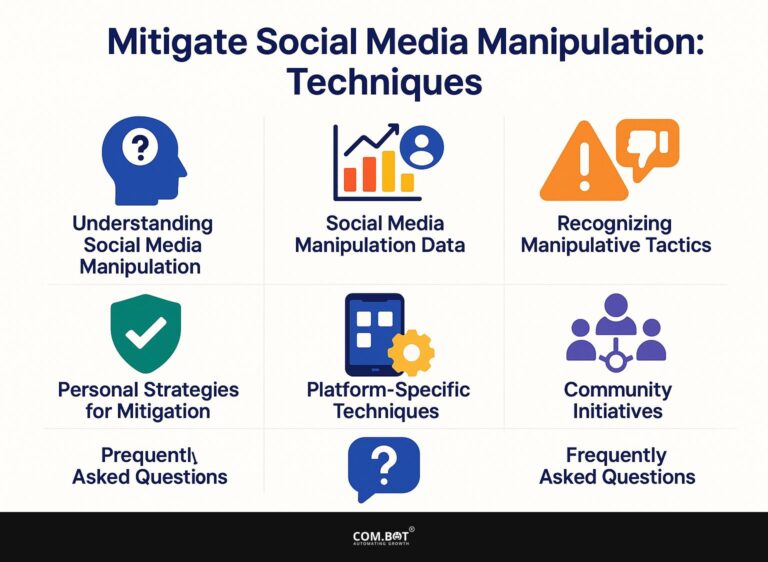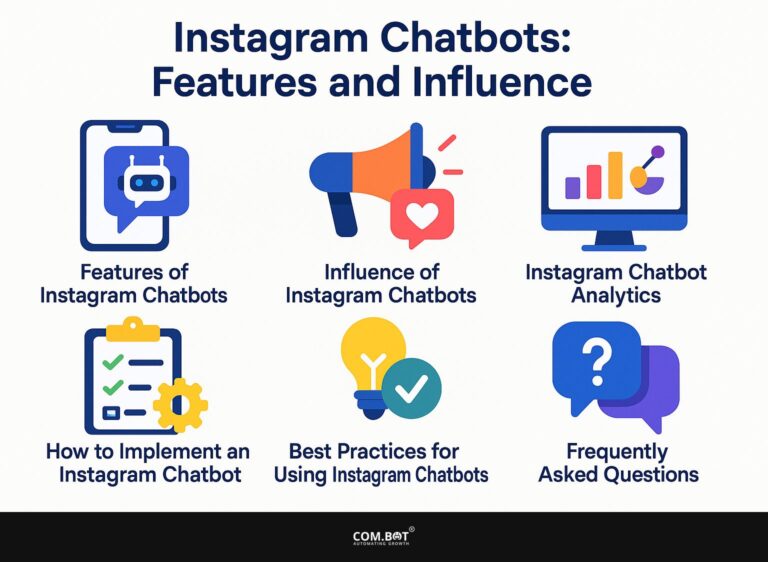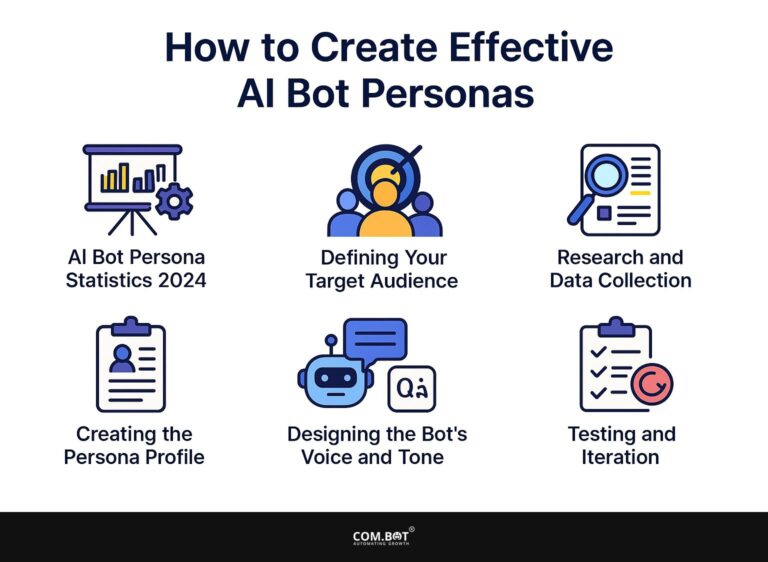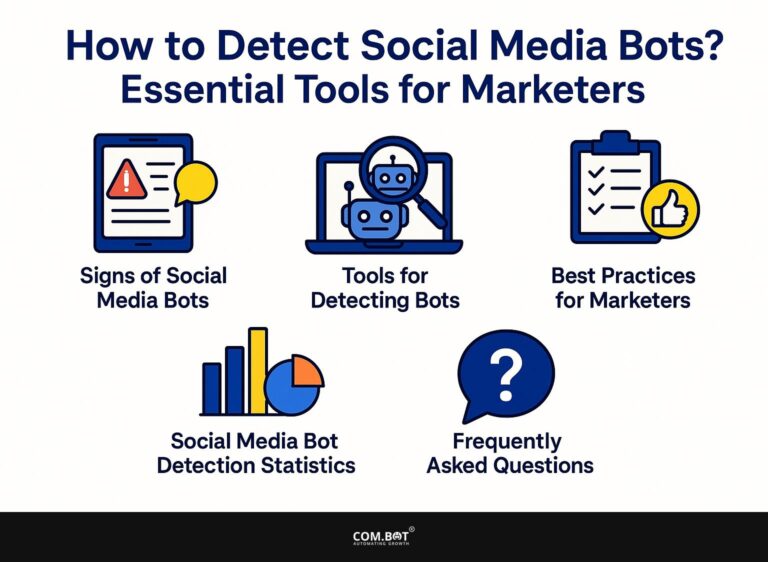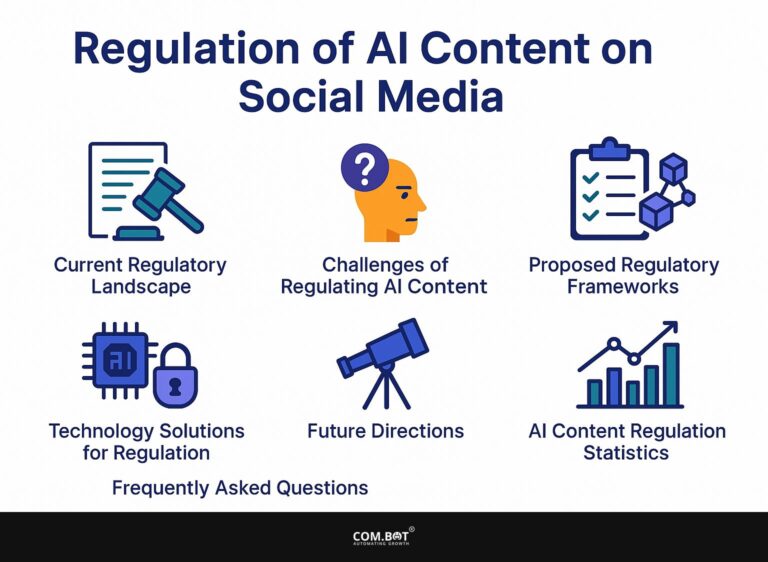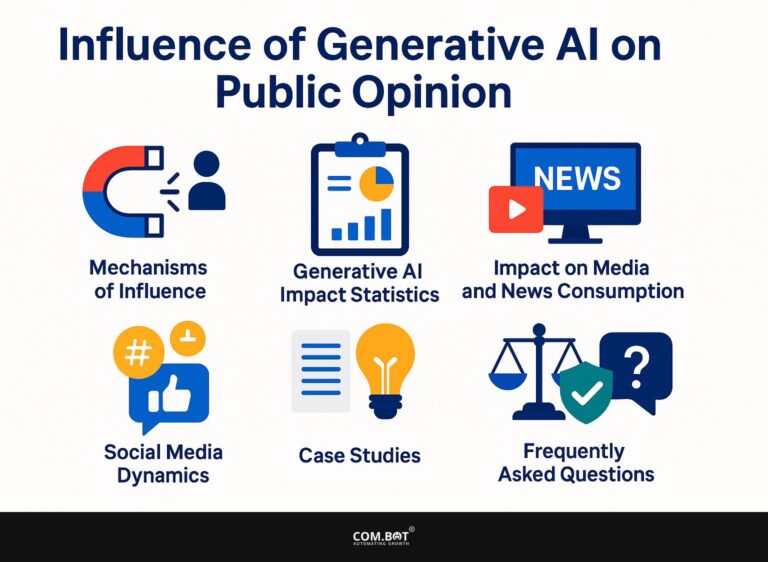Detect Coordinated Manipulation on Social Media
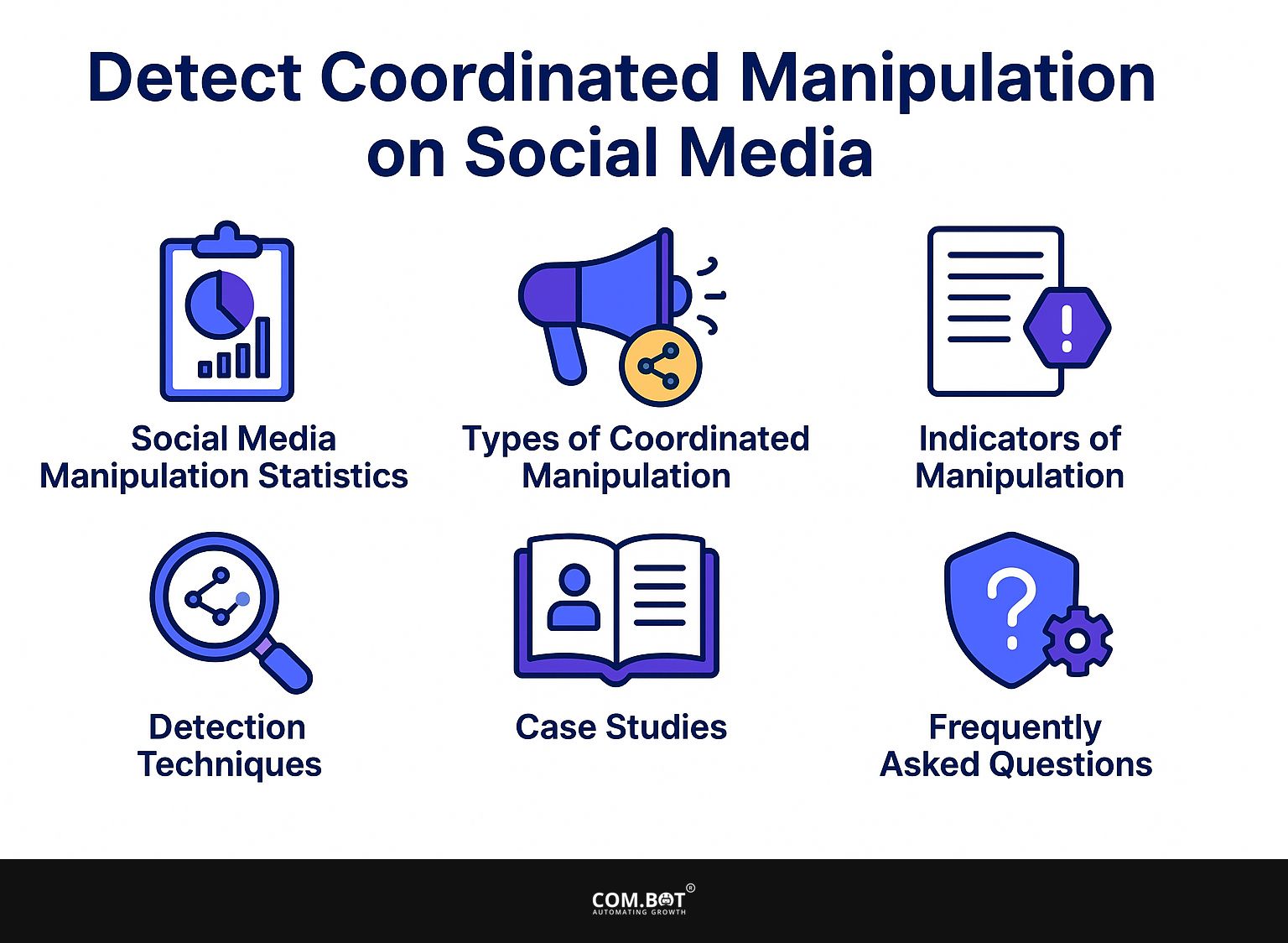
Recognizing planned fake actions on social media is important. With the rise of adversarial networks, especially around sensitive topics like COVID-19 vaccination, manipulative communication tactics are becoming increasingly sophisticated.
This article examines Coordinated Inauthentic Behavior and explains how Meta and similar platforms address these issues. Learn useful ways to spot manipulation and how to safeguard yourself from organized online schemes.
Key Takeaways:
- Coordinated manipulation on social media is a deliberate and organized effort to deceive and influence public opinion.
- Common types of coordinated manipulation include bot networks, fake accounts, and astroturfing.
- Indicators of manipulation include unusual activity patterns, content similarity, and engagement metrics analysis.
- 1 Social Media Manipulation Statistics
- 2 Types of Coordinated Manipulation
- 3 Indicators of Manipulation
- 4 Detection Techniques
- 5 Case Studies
- 6 Mitigation Strategies
- 7 Frequently Asked Questions
- 7.1 1. What is coordinated manipulation on social media?
- 7.2 2. How can you detect coordinated manipulation on social media?
- 7.3 3. Why is it important to detect coordinated manipulation on social media?
- 7.4 4. What are some common indicators of coordinated manipulation on social media?
- 7.5 5. Can artificial intelligence be used to detect coordinated manipulation on social media?
- 7.6 6. What should be done once coordinated manipulation on social media is detected?
1. Definition and Importance
Coordinated inauthentic behavior involves strategic manipulation tactics aimed at misleading audiences, often leading to psychological harassment within online communities. These tactics can distort public discourse and stifle genuine debate.
For example, groups might use bots to spread certain stories, silence opposing opinions, or make it look like there is agreement using fake profiles. To address this issue, communities can use tools such as CrowdTangle to track social media interactions and spot questionable actions.
Talking openly about how we act online and teaching people to spot false information can help create a more genuine online space. Raising awareness and promoting critical thinking are essential for dealing with the effects of organized fake activity.
2. Impact on Social Media Ecosystem
The rise of coordinated manipulation has distorted social media algorithms, leading to a deterioration of authentic user engagement and trust. This distortion often results in a feedback loop where sensational or misleading content is prioritized, overshadowing genuine discussions.
Users can combat this by critically assessing the sources they engage with and actively curating their feeds. For example, utilizing tools like NewsGuard can help identify credible news outlets, while the browser extension Stayfocusd can limit time spent on potentially harmful content.
I recently came across this fascinating analysis on how social bots spread misinformation that provides deeper insights into the techniques used. Encouraging open conversations and tackling false information directly within communities can bring back trust and support better interactions.
Social Media Manipulation Statistics
Social Media Manipulation Statistics
Manipulation Overview: Countries with Disinformation
Manipulation Overview: Manipulation Tools
Manipulation Overview: Financial Impact
Manipulation Overview: Platform Measures
The Social Media Manipulation Statistics examine how false information and manipulation are used around the world. It shows how common these activities are, the tools used, the money spent to increase these actions, and what platforms do to fight them.
Manipulation Overview shows that 76% of countries use disinformation techniques, indicating how pervasive misinformation campaigns are, often influencing public opinion and political outcomes. This high percentage shows the need for worldwide attention and rules.
- Government Cyber Troops: 62% of countries have government-backed cyber units, reflecting the institutionalization of online manipulation. This indicates that these behaviors are common and officially approved in many locations.
- Political Party Manipulation: With 61% of countries using these techniques, political parties manipulate social media to sway electoral outcomes, revealing the intersection of technology and political strategy.
Manipulation Tools show that 79% of countries use human-operated accounts for manipulation, while 57% employ bots. This method uses real human conversations along with computer-controlled bots to broaden reach and influence. Additionally, 14% of countries resort to hacked accounts, illustrating a more aggressive manipulation tactic that breaches privacy and security.
Financial Impact shows considerable spending to increase manipulation efforts, with $60 million allocated to bot amplification and $10 million on political ads. These figures signify the large-scale investment in shaping narratives and influencing audiences online.
Platform Measures show efforts to combat this issue by removing 317,000 accounts and pages. Yet, with 89% of inauthentic engagement happening in a single day It shows the constant and rapid nature of these campaigns, creating difficulties for platform moderators.
Statistics show that social media manipulation is common, advanced, and funded, requiring strong actions from platforms and lawmakers to protect online areas.
Types of Coordinated Manipulation
Different types of organized efforts appear online, using specific tactics to sway public opinion. Social bots, in particular, are known for their role in spreading misinformation and manipulating opinions (our guide on social bots’ impact and opinion manipulation provides further insights).
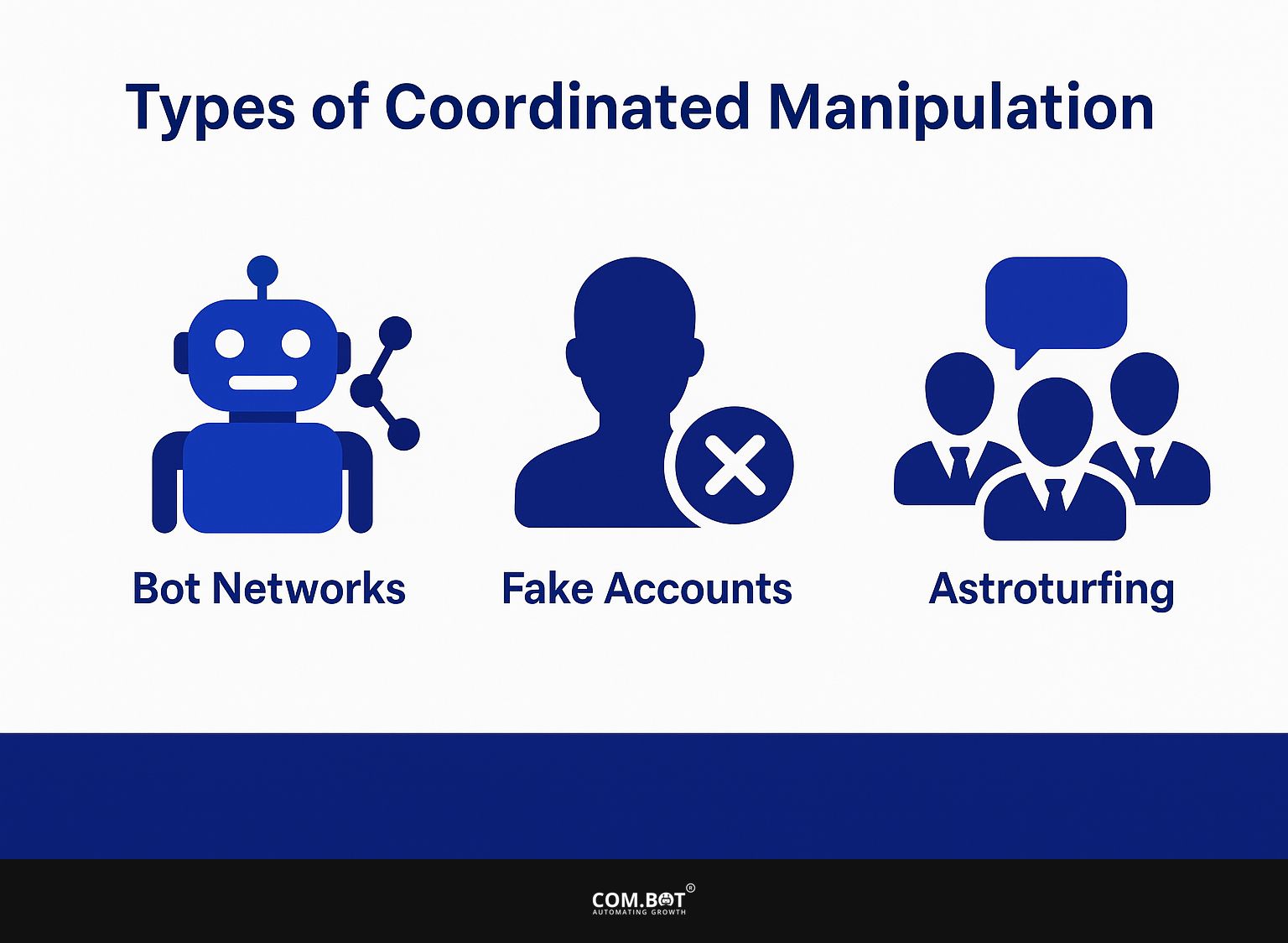
1. Bot Networks
Groups of programmed accounts share incorrect information, often misleading public views on critical topics such as COVID-19 vaccination. These networks can vastly increase the reach of misleading information, often with alarming effectiveness.
A study found that tweets from bot accounts share false information six times more quickly than true information. Tools like Graphika allow researchers to analyze bot activity and visualize networks, helping to pinpoint sources of misinformation.
Monitoring social media analytics can also identify unusual spikes in specific narratives, raising flags for potential bot interference. Knowing these elements is key to fighting false information and encouraging better discussions in society.
2. Fake Accounts
People who want to deceive others create fake accounts to mislead conversations and spread propaganda. These accounts often imitate real people, attracting followers and interacting with posts to build trust. They may be employed for various motivations, such as swaying public opinion during elections, defaming competitors, or promoting misinformation.
Tools like bot management software, such as Bot Sentinel or Hoaxy, can help identify and mitigate the impact of fake accounts. Educating users on recognizing suspicious profiles-like those with no profile photo, few followers, or repetitive posting-can significantly decrease their influence in social media interactions.
3. Astroturfing
Astroturfing masquerades as grassroots activism, distorting public communication debates by artificially inflating perceived consensus.
This technique is prevalent in political campaigns, where organizations disguise their funding sources to appear like ordinary citizens promoting a cause.
For example, during the 2009 healthcare reform debates, some groups launched campaigns that presented themselves as outraged constituents while receiving substantial backing from major insurance companies. This led to mixed public views, making it difficult to distinguish genuine concerns from scripted messages.
The effect is a muddied discourse, where actual grassroots movements struggle to gain traction amid a cacophony of manufactured dissent.
Indicators of Manipulation
Spotting signs of manipulation is important for telling apart genuine conversation from planned actions online. For a deeper understanding of how these manipulative actions occur, particularly through social bots, you may find it insightful to explore our expert opinion on how social bots spread misinformation and their techniques.
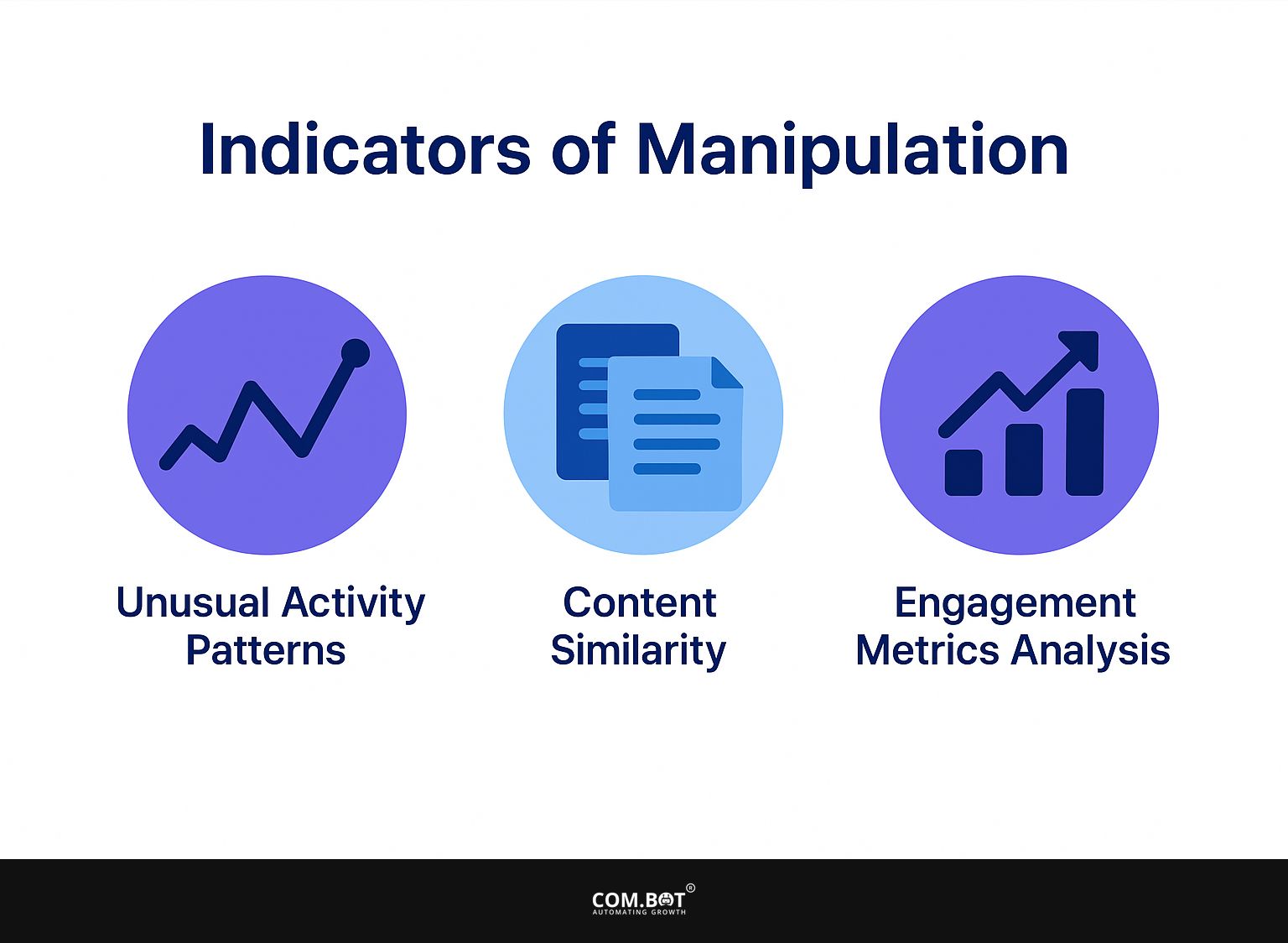
1. Unusual Activity Patterns
A rapid rise in tweets or likes often indicates that bots are being used to influence online activity. To find these patterns effectively, use Twitter Analytics to monitor engagement numbers over time. Look for anomalies in tweet frequency or interactions that exceed normal behavior.
For instance, if a particular tweet garners an unnatural number of retweets in a short period, it could be the result of bot activity. Tools like Followerwonk can help analyze follower engagement quality.
Checking the ratio of likes to retweets can also reveal if a post is artificially inflated. Regular monitoring allows you to flag potential manipulation early.
2. Content Similarity
High levels of content similarity across multiple accounts are a strong indicator of coordinated manipulation and potential misinformation campaigns.
To deal with this, tools like Copyscape can be very useful. By analyzing your content against billions of web pages, Copyscape helps identify instances of plagiarism and similarity, allowing you to assess the uniqueness of your articles.
You can use Grammarly’s plagiarism checker as a supplementary measure, which offers a seamless integration for regular writing tasks. Regularly monitoring your content with these tools can help maintain the integrity of your information and identify any potentially harmful coordinated efforts early on.
3. Engagement Metrics Analysis
Analysis of engagement metrics shows differences in user activity, helping identify manipulation in social media algorithms. To track engagement well, use tools like Hootsuite or Sprout Social.
Start by examining metrics like likes, shares, and comments over specific time frames. Look for sudden spikes or drops that deviate from normal patterns.
For instance, if a post typically receives 100 likes but suddenly hits 1,000, investigate further. Cross-reference these findings with follower growth and post frequency to identify potential inauthentic engagement. Consider these points to help plan your social media use and have real discussions later.
Detection Techniques
Advanced detection techniques use technology to identify organized manipulation and improve the honesty of online discussions. This approach aligns with the principles outlined in our analysis of AI in Social Media: Detection, Scams, and Implementation, where sophisticated algorithms play a crucial role in maintaining integrity across platforms.
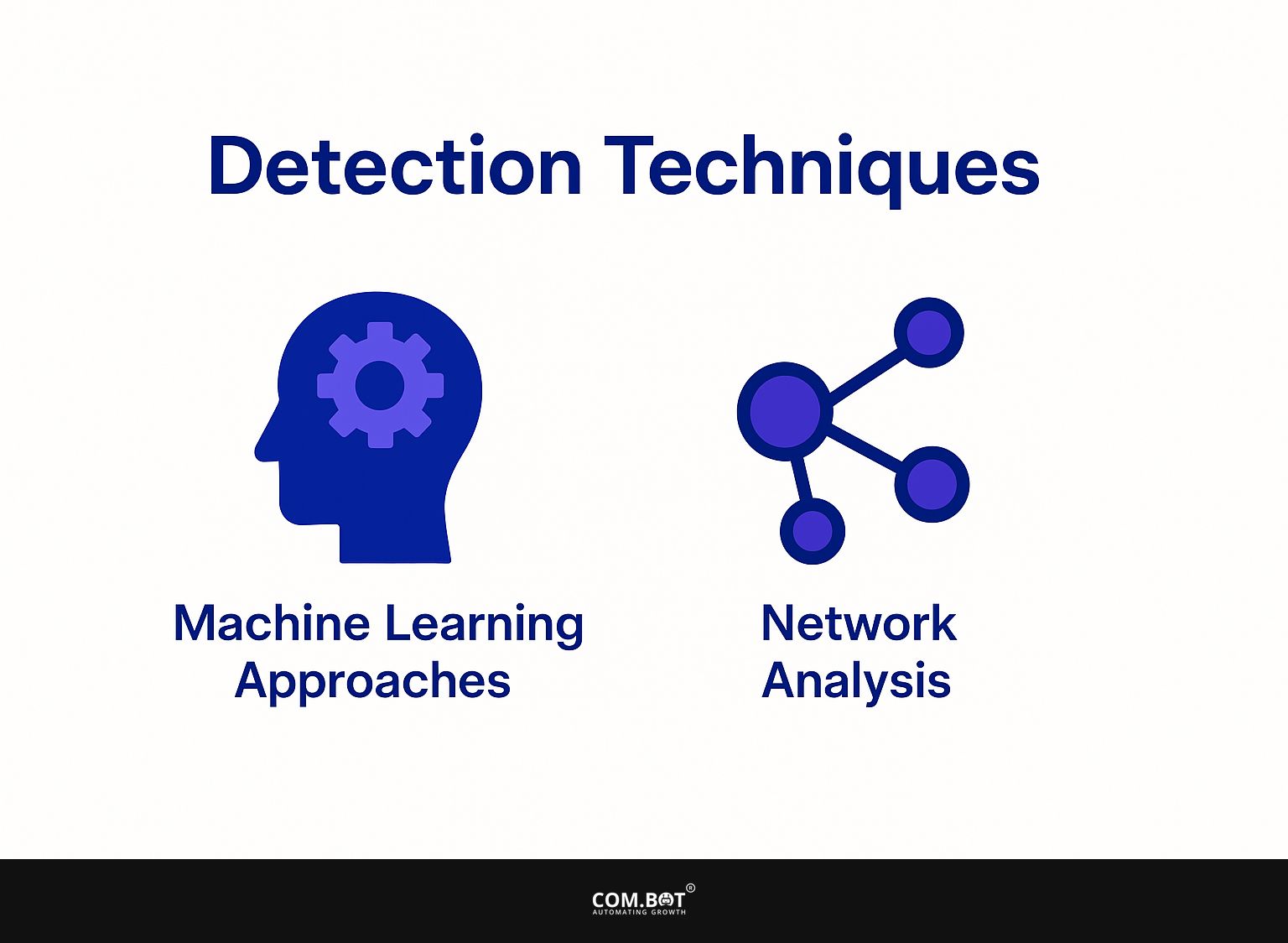
1. Machine Learning Approaches
Machine learning approaches, including natural language processing, automatically analyze content for signs of manipulation, improving detection efficacy. A successful approach uses BERT-based classifiers, which are good at recognizing context in text and spotting detailed manipulation patterns.
For instance, a 2021 study showed that implementing BERT increased detection rates of fake news by 15%, compared to traditional models.
Users can use tools like Hugging Face’s Transformers library to create a classifier designed for their specific datasets. Using pre-trained models can greatly cut down on development time, allowing quicker response to new dangers. The combination of tools and models improves the accuracy of checking content for correctness.
2. Network Analysis
Network analysis helps identify connections between accounts, showing patterns that may indicate coordinated fake activity. Tools like Gephi and NodeXL allow researchers to visualize complex networks effectively.
For instance, Gephi enables users to manipulate graph parameters, highlighting clusters of accounts that may be engaging in deceitful practices. Users can filter nodes by metrics like betweenness centrality, revealing influential nodes that could signify key orchestrators of manipulation.
NodeXL allows you to gather live data from sites like Twitter, simplifying the tracking of changing stories. By regularly analyzing network structures, analysts can inform strategies to counteract misinformation campaigns.
Case Studies
Looking at case studies of organized manipulation provides useful information about the methods used and shows successful ways to counter them.
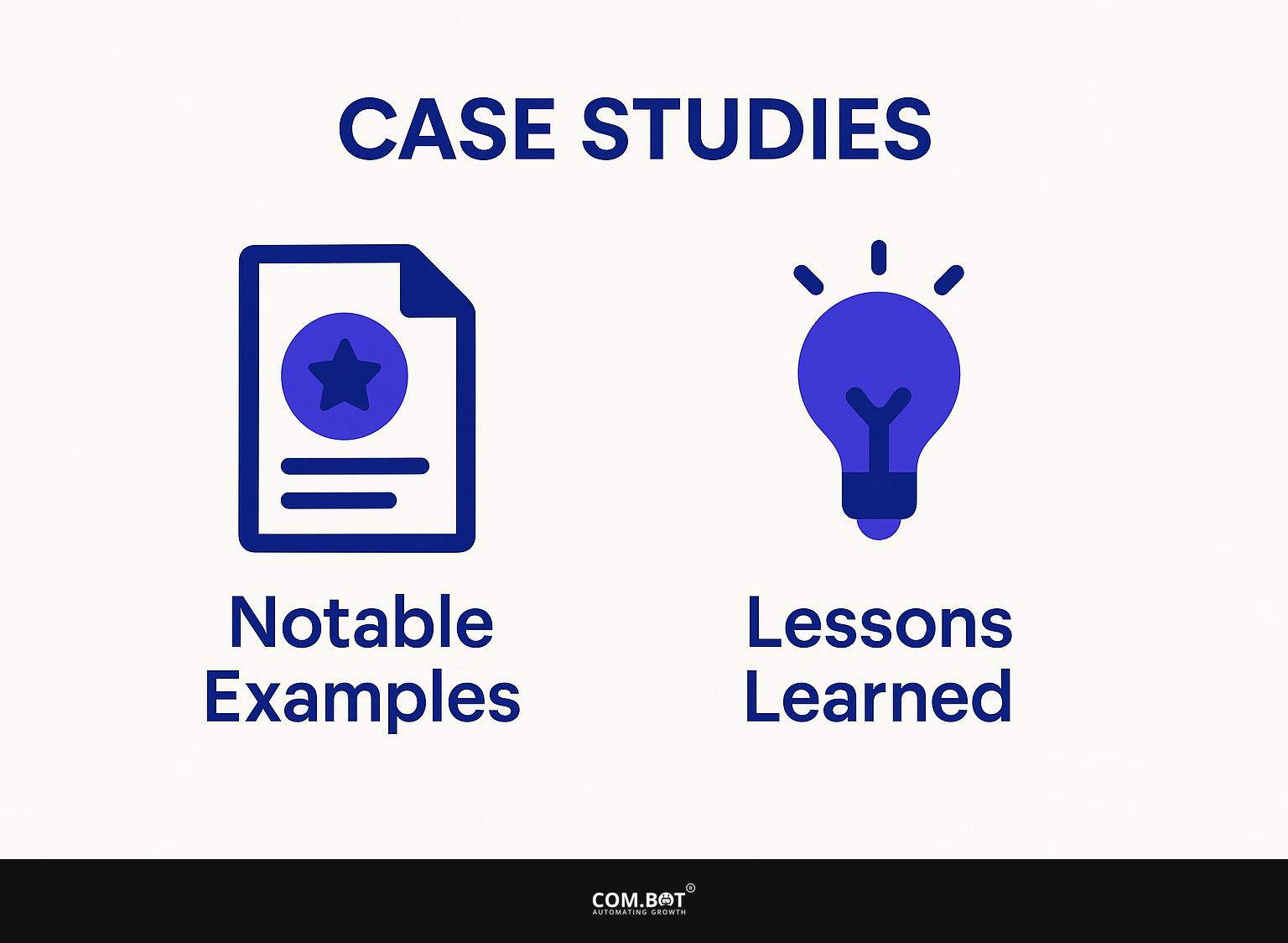
1. Notable Examples
Notable examples, such as the anti-vaccine network’s campaigns during COVID-19, illustrate the methods and impacts of coordinated manipulation.
These campaigns used social media algorithms to quickly spread misleading content. For example, platforms like Facebook and Twitter were used to spread false information through specific ads and group interactions, influencing what users think instead of focusing on real facts.
Tools like Hootsuite allowed for scheduling an overwhelming number of posts across multiple platforms, thereby creating an illusion of consensus. These groups frequently used bots and fake accounts to create popular topics, showing how technology and planning together greatly influenced public opinion during an important period.
2. Lessons Learned
Studying these examples can help develop new ways to reduce risks and improve users’ knowledge about online groups.
To effectively combat manipulation, consider implementing the following strategies.
- Educate users on identifying misinformation by providing them with guidelines, such as checking multiple sources and verifying facts through reputable fact-checking sites like Snopes or FactCheck.org.
- Use tools like NewsGuard, which checks the trustworthiness of news websites, to help people identify reliable information.
- Develop community programs that encourage people to think critically about online information, helping users become better informed.
These actionable steps can significantly improve awareness and reduce susceptibility to manipulation.
Mitigation Strategies
Using strong methods to reduce risks is important for platforms and users to stop organized misuse and improve online presence.
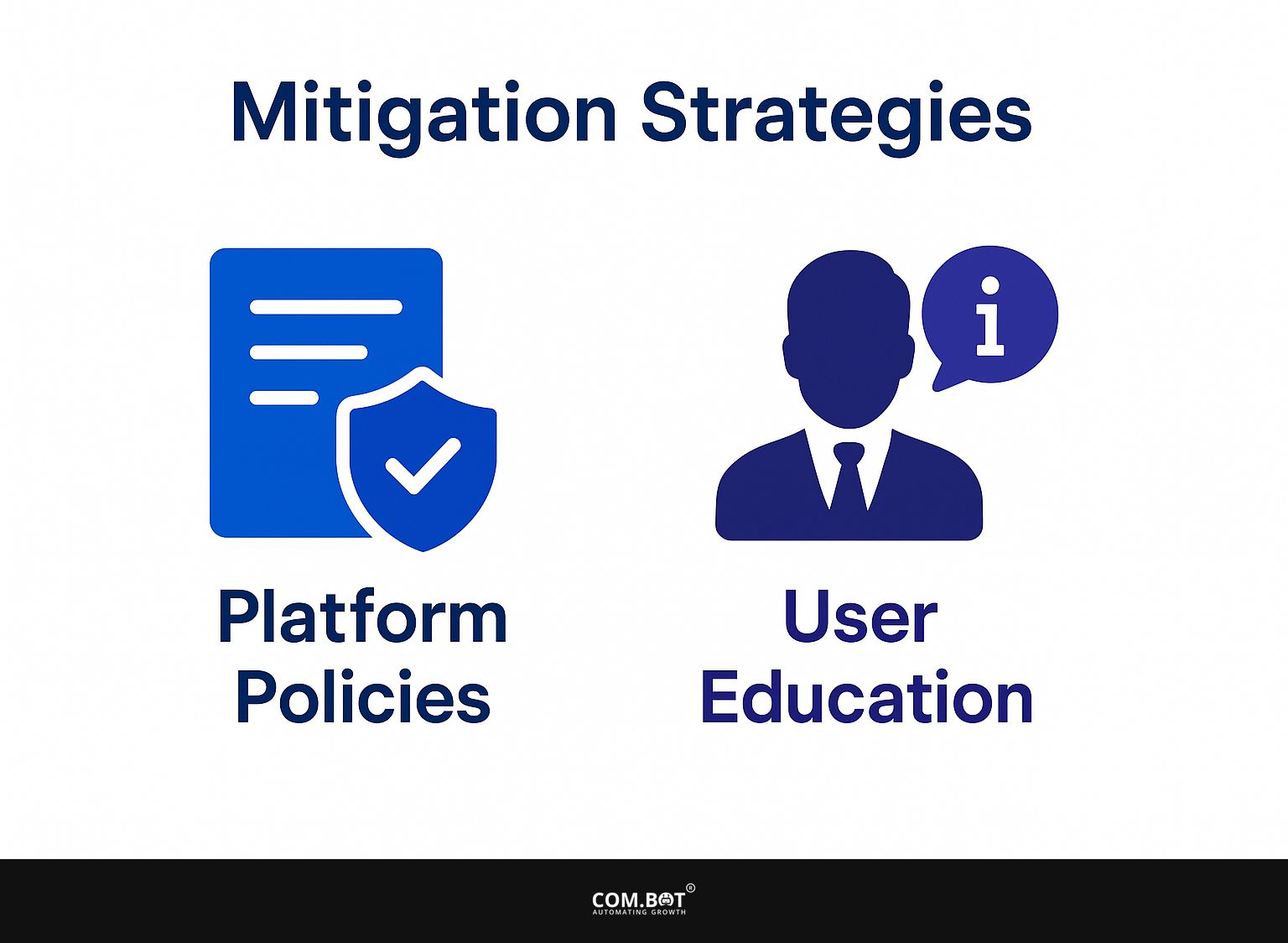
1. Platform Policies
Clear rules and good content checks are key to lessening the effects of spam bots and false information efforts. Meta has put in place strong steps to fight against organized fake activities.
For instance, their platform now employs AI algorithms to detect suspicious patterns in account activity, flagging accounts that exhibit signs of manipulation.
They have also set up strict checks for users planning to start big advertising campaigns. These policies help users stay informed and give them the tools to report suspicious content easily. As a result, Meta has significantly reduced the prevalence of fake accounts, thus enhancing the overall integrity of information shared on their platform.
2. User Education
Teaching users is important for helping people identify tricks and engage responsibly in internet discussions. One effective way to teach this is through hands-on workshops that use real-life examples of misinformation.
Participants can engage in activities that help them identify common red flags in social media posts. Online courses can teach the fundamentals of algorithms, showing how platforms organize their feeds.
Websites like Google Fact Check Explorer and Snopes are useful for verifying if statements are true. By including practical exercises and reliable sources, learners will be better prepared to handle the online world.
Frequently Asked Questions
Coordinated manipulation on social media means using many social media accounts to share wrong or deceptive information, usually to sway what people think or how they act.
There are different ways to find organized manipulation on social media. These include looking at how accounts behave and what they post, watching how certain hashtags or links spread, and checking for unusual or automated actions.
Detecting coordinated manipulation on social media is important because it helps to protect the integrity of online information and preserve the trust in social media platforms. It also allows for the identification of malicious actors and potential threats to democracy and public discourse.
Common indicators of coordinated manipulation on social media include large numbers of accounts posting the same content at the same time, using similar language or hashtags, and sharing links to known fake news websites. Other red flags may include accounts with few followers and a high volume of activity, or profiles that have been recently created.
Yes, artificial intelligence (AI) can be used to detect coordinated manipulation on social media. AI algorithms can go through a lot of data and find patterns that might show organized manipulation, like fake accounts or automated actions. Still, people are required to check and understand the results.
Once coordinated manipulation on social media is detected, it is important for social media platforms to take action, such as removing fake accounts or flagging misleading content. Users should be aware of the risk of manipulation and check the information before sharing it. Governments may also need to consider regulating social media platforms to prevent coordinated manipulation and protect their citizens.
